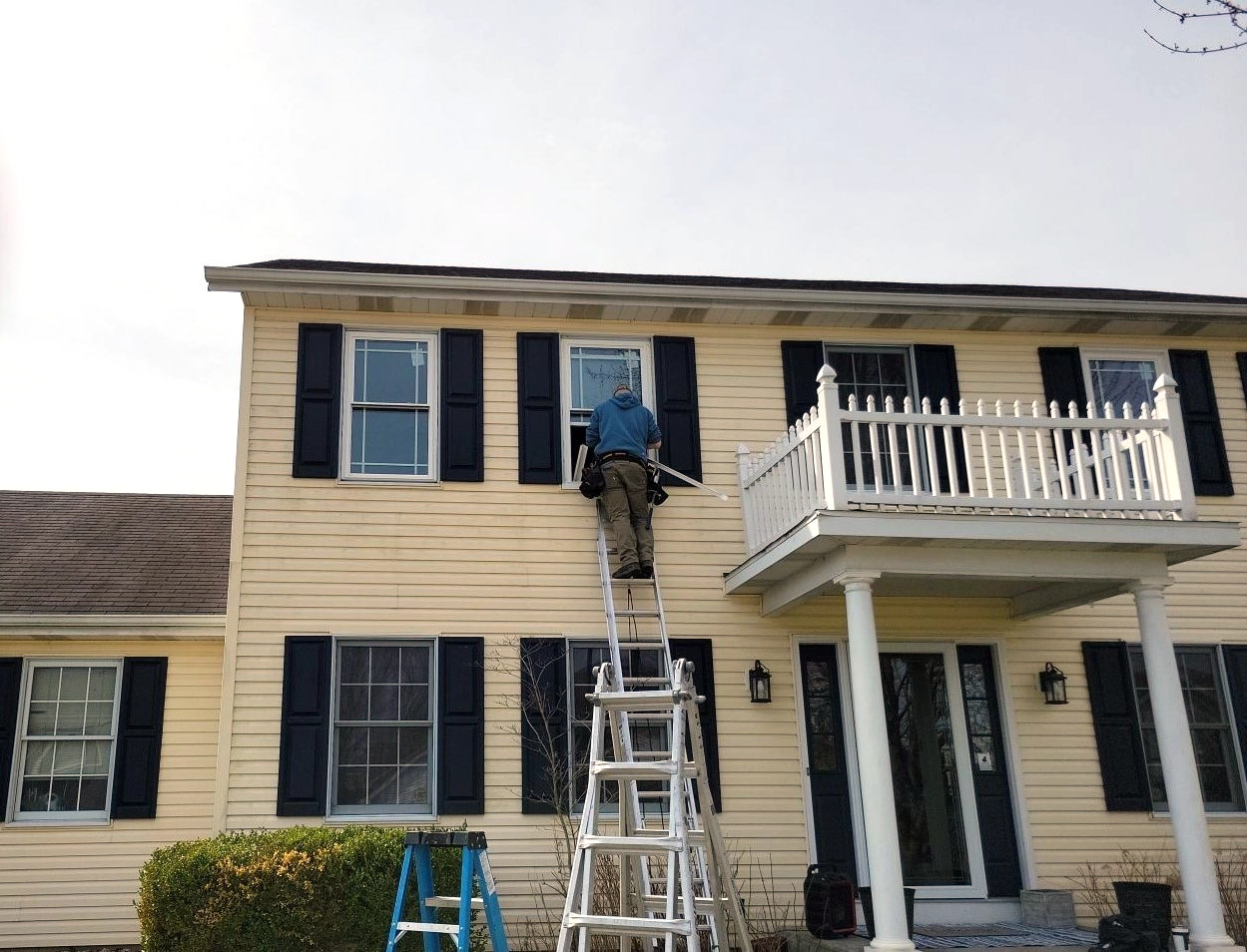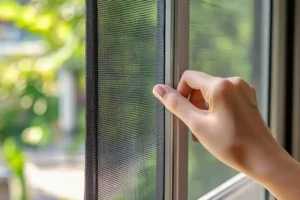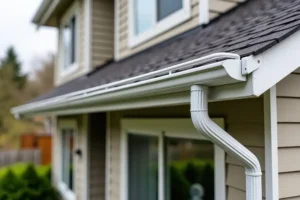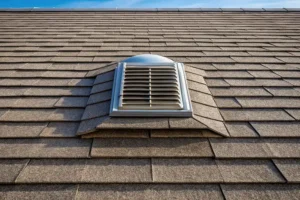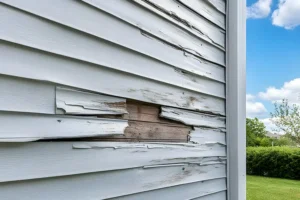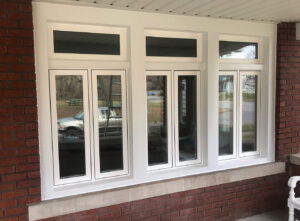Winter is fast approaching, and it’s important to prepare your home for the colder months ahead. By taking proactive steps to winterize your property, you can enhance energy efficiency, protect against potential damage, and create a warm and cozy environment. In this blog post, we will share seven helpful winterization tips that homeowners in Goshen, IN, can easily implement themselves. These tips will not only help you stay comfortable throughout the winter but also save on energy costs and ensure the longevity of your home.
Insulate Doors and Windows
Insulating doors and windows is a crucial step in winterizing your home. Gaps and cracks around these openings can allow cold air to enter and warm air to escape, leading to drafts and increased heating costs. To effectively insulate doors, consider using weatherstripping along the edges to create a tight seal when closed. Weatherstripping comes in various materials, such as adhesive strips or door sweeps, and can be easily applied to fill gaps and prevent air leaks. When it comes to windows, adding a layer of insulation film can significantly improve energy efficiency. This transparent film is applied to the interior surface of windows and creates an additional barrier against heat loss. Insulating doors and windows not only helps keep your home warmer and cozier during winter but also reduces energy waste and lowers your heating bills.
Insulate Attic and Walls
Proper insulation is crucial for maintaining a warm and energy-efficient home. Inspect your attic and walls to ensure they are adequately insulated. Consider adding insulation if you find it lacking or if your current insulation is old and ineffective. Insulating your attic and walls helps prevent heat loss, keeps your home cozy, and reduces energy waste. Use insulation materials recommended for your region’s climate and consult local building codes for guidelines on insulation R-values.
Seal Air Leaks
Air leaks can lead to significant heat loss and increased energy consumption during winter. Identify and seal any gaps or cracks around windows, doors, and baseboards using weatherstripping, caulking, or foam sealants. Focus on areas where you feel drafts or notice cold air entering your home. By effectively sealing air leaks, you can prevent cold drafts, reduce heating costs, and create a more comfortable indoor environment.
Install a Programmable Thermostat
A programmable thermostat allows you to automatically adjust the temperature settings in your home throughout the day. Set it to lower the temperature when you’re away or asleep and raise it when you’re back or awake. This simple adjustment can lead to significant energy savings without sacrificing comfort. Additionally, consider upgrading to a smart thermostat that allows you to control and monitor your home’s temperature remotely using a smartphone app.
Service Your Heating System
Before the winter season arrives, have your heating system professionally inspected and serviced. A well-maintained furnace or heat pump operates efficiently, saving energy and reducing the risk of breakdowns. Schedule a tune-up to clean or replace filters, check the thermostat, and ensure all components are in proper working order. Regular maintenance extends the lifespan of your heating system and ensures optimal performance when you need it most.
Protect Pipes from Freezing
Frozen pipes can burst and cause extensive damage to your home. Prevent this by insulating exposed pipes in unheated areas, such as basements, crawl spaces, and attics. Use pipe insulation sleeves or heat tape to keep the pipes warm and protected. Disconnect and drain garden hoses and shut off outdoor water supplies. During extreme cold spells, allow faucets to drip slightly to relieve pressure and prevent freezing.
Check and Upgrade Weatherstripping on Garage Doors
Garage doors can be a significant source of heat loss during winter. Check the weatherstripping along the bottom of your garage door to ensure it’s in good condition. Replace any worn-out or damaged weatherstripping to create a tight seal and prevent cold drafts from entering the garage. Upgrading to a more durable and efficient weatherstripping material can enhance the insulation of your garage, keeping it warmer and reducing heat loss to adjacent rooms.
Inspect and Clean Gutters
Regularly inspect and clean your gutters before winter sets in. Remove leaves, debris, and any blockages that could impede proper water flow. Clogged gutters can lead to ice dams, causing water to seep into your home and damage the roof or walls. Consider installing gutter guards to prevent debris accumulation and facilitate water drainage. Properly functioning gutters protect your home from water damage and maintain the integrity of your exterior.
Contact Energy Efficient Replacements Today!
As the winter season approaches in Goshen, IN, implementing these essential home winterization tips will help you create a warm, energy-efficient, and protected living environment. By sealing air leaks, insulating your home, servicing your heating system, installing a programmable thermostat, protecting your pipes, checking garage door weatherstripping, and maintaining your gutters, you can enhance the comfort and safety of your home during the colder months.
However, for homeowners who prefer professional assistance in winterizing their homes, Energy Efficient Replacements is here to help. With our expertise and commitment to energy-efficient solutions, we can guide you through the winterization process, providing high-quality services such as windows, doors, screens, vinyl siding, roofing, gutters, and more. Don’t let the winter catch you off guard—contact Energy Efficient Replacement by calling 574.387.3297 today to ensure your home is prepared for the cold months ahead and to enjoy the winter season in comfort.

